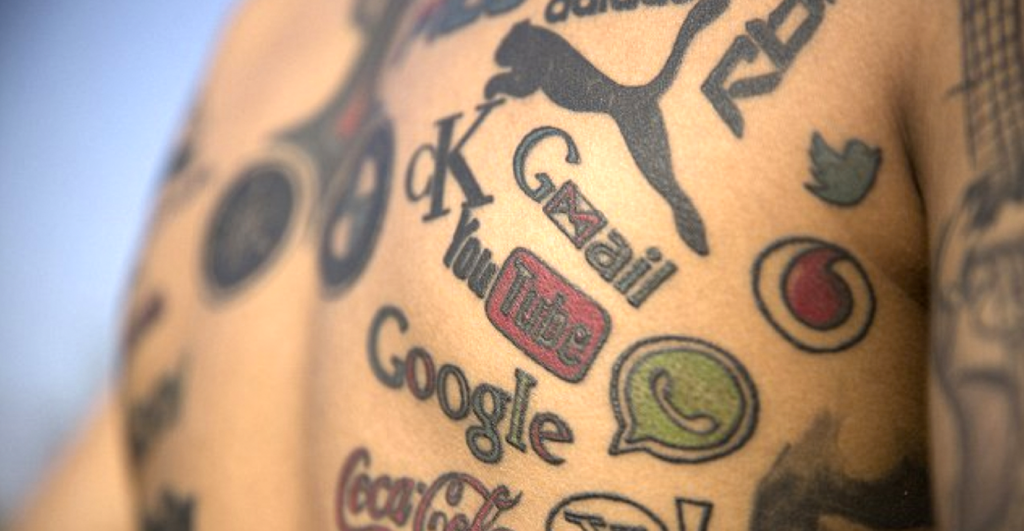This week we look toward a virtual future, why dads aren’t happy with advertising and what makes a consumer fall in love with brands.
Accept No Substitutions
It’s no secret that Instagram has been “borrowing” elements from Snapchat, but do millennials prefer one platform versus the other? Adweek commissioned a study by Survata to find out and discovered that users aged 13-34 still prefer the original. Sixty-four percent of those surveyed said Snapchat is “cooler,” 67 percent said that Snapchat had better features and if they could only have one app, 51.1 percent named the original ghost.
Judging A Book By Its Device
According to a study by PayPal and SuperData, consumers prefer to read on a multi-purpose device rather than a reader alone. Sixty percent of US respondents read eBooks on their tablets, and 66 percent cited they purchase eBooks because they are cheaper than buying a hard copy and they can read it right away. Digital bibliophiles are compulsive, too—42 percent said that they buy or download an eBook immediately after becoming interested in it for the first time.
Sponsored Growth
LinkedIn has released its first quarterly earnings since being purchased by Microsoft and things are looking up. Year-over-year, users grew by 18 percent to 467 million, member page views saw 20 percent growth, and mobile made up more than 60 percent of all traffic to LinkedIn. Total revenue grew 23 percent to $960 million. The real star of this growth is sponsored content, contributing around two-thirds of the site’s $175 million income.
Netflix Feels The Love
When surveyed about which brands they love and why, respondents named Netflix as the most fun. Fitbit, meanwhile was named the most relevant, Apple was loved for its engagement, Facebook for being social and Amazon for being helpful. Overall, digital brands earned more brand love than traditional ones, according to findings in the 2016 Love Index from Accenture Digital.
Don’t Forget Dad
In a survey conducted by Geometry Global, 38 percent of dads don’t believe brands and retailers portray the way they view their role as a parent accurately. While less than 7 percent of advertisements are geared (predominantly) to men, fathers spend 15 percent more than mothers on household supplies and groceries per shopping trip.
It’s A Virtual Future . . .
While the virtual reality industry is expected to grow slowly over the next two years, Greenlight Insights predicts that it will explode across multiple industries to hit $38 billion in revenues by 2026. VR hardware will account for about 61 percent of the revenues in 2026, according to forecasts, and revenues for the 360-degree spherical camera (or VR camera) segment will build to nearly $4.6 billion by 2026.
. . . And Brands Are On Board
By 2020, over a billion people worldwide will regularly access AR and VR content, according to predictions by research firm, IDC. In an attempt to reach this growing demographic, IDC predicts that 30 percent of consumer-facing companies in the Forbes Global 2000 will experiment with AR and VR as part of their marketing efforts in 2017. A large of part of this adoption will be via digital assistants, with over 110 million consumer devices with embedded intelligent assistants installed in US households by 2019.
Mobile Growing, But Not The King Just Yet
Smartphone revenue grew by 65 percent year-over-year according to a study by Adobe Analytics. While mobile is on the rise, desktops and tablets both decreased in sales by two percent. Despite this loss, desktops remain the largest draw for both retailer website traffic and sales, with 59 percent of traffic and 75 percent of revenue.
‘Cuz I’m All About That Face, ‘Bout That Face
In its third quarter 2016 earnings announcement, Facebook revealed that its monthly active users have increased by 16 percent year-over-year, reaching 1.79 billion monthly active users. In addition, the site’s mobile users experienced a 20 percent increase year-over-year reaching 1.66 billion. If you can’t stop scrolling the feed, you’re not alone. Facebook revealed that it now has 1.18 billion daily active users (a 17 percent bump year-over-year) and 1.09 billion mobile daily active users (a 22 percent increase year-over-year).
